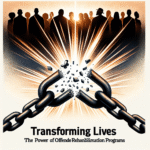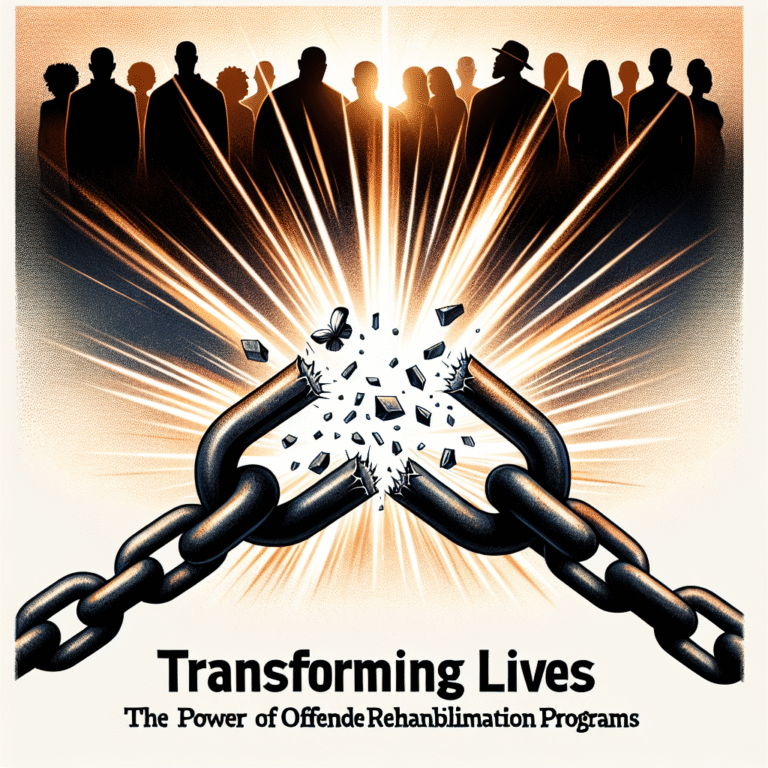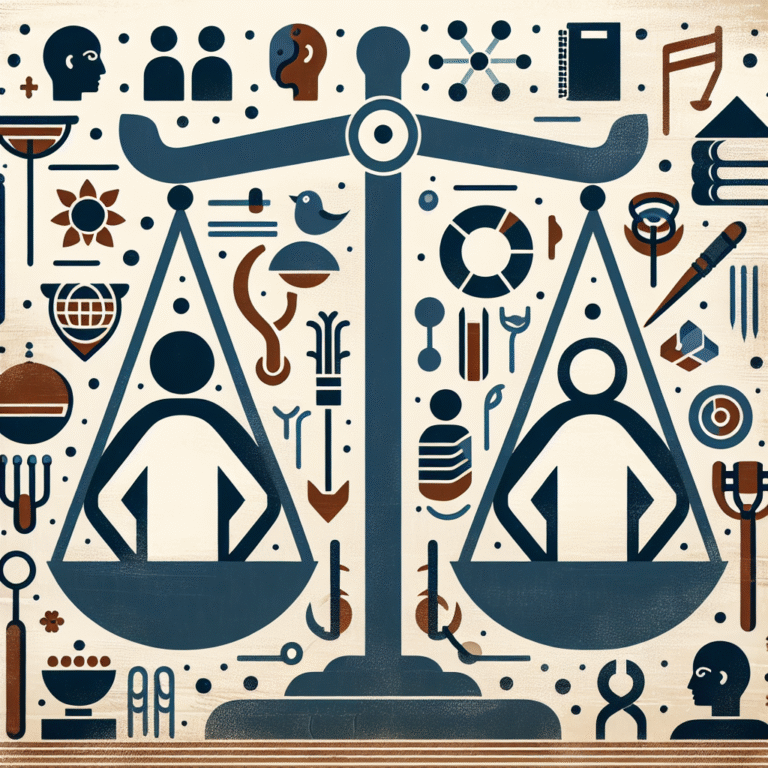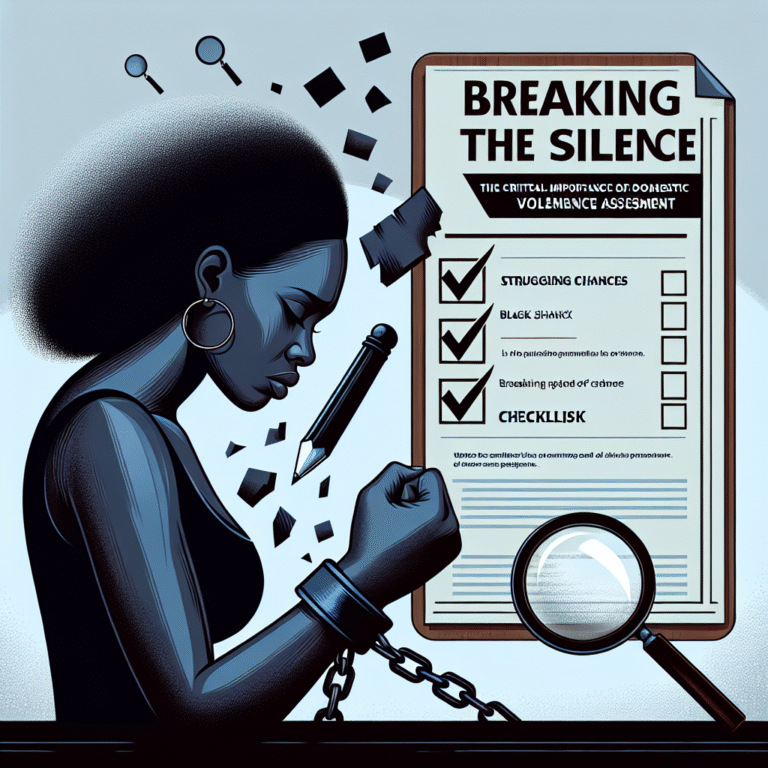
Introduction
In a world increasingly concerned with justice and fairness, the methods by which we arrive at truth are ever more scrutinized. One of the most contentious tools in the justice system is the confession; a seemingly straightforward admission of guilt. However, what if this admission comes not from a place of truth but rather from coercion, fear, or misapprehension? In exploring Justice or Injustice? The Case Studies That Reveal the Dark Side of Confessions, we delve into an unsettling reality. This article uncovers the complexities surrounding confessions—how they can lead to wrongful convictions, the psychological pressures involved, and the overarching implications for the justice system as a whole.
The Psychology Behind Confessions
Understanding Voluntary vs. Involuntary Confessions
Confessions can be broadly categorized into voluntary and involuntary. A voluntary confession occurs when an individual admits to a crime without any external pressure. In contrast, an involuntary confession may arise from coercive interrogation tactics, psychological manipulation, or even false memories created during police questioning.
Case Study: The Central Park Five
In 1989, five teenage boys were wrongfully convicted of assaulting and raping a jogger in Central Park. Their confessions, obtained under extreme duress, were filled with inconsistencies and fabrications. The case serves as a testament to how psychological pressure can lead individuals to admit to crimes they did not commit, calling into question the validity of confessions obtained under such circumstances.
Coercive Interrogation Tactics
Police interrogation techniques vary significantly, but some methods can be downright coercive. Tactics such as isolation, intimidation, and trickery can lead to false confessions, sowing seeds of injustice in what should be a pursuit of truth.
Case Study: The Reid Technique
The Reid Technique, a widely used interrogation method, often leads to false confessions, particularly from vulnerable individuals. The technique relies on creating a psychological environment where the suspect feels cornered. Research has shown that this method can elicit fabrications, particularly from juvenile offenders and those with intellectual disabilities.
The Impact of False Confessions
False confessions contribute to wrongful convictions and the systemic failures of the justice system. The implications can be devastating, not just for the wrongfully accused but for the victims, communities, and the integrity of law enforcement.
Case Study: Brandon Kelly
In 2001, Brandon Kelly confessed to a murder he did not commit after a lengthy and coercive interrogation by the police. His confession led to a conviction of over 18 years in prison, a situation that exemplifies the dark side of confessions. It wasn’t until new DNA evidence emerged that he was exonerated, showcasing the far-reaching consequences of false justice.
The Consequences of False Confessions
Wrongful Convictions and Exonerations
The reality is staggering: a significant number of wrongful convictions stem from coerced confessions. Organizations such as the Innocence Project have documented numerous cases where exonerations have unveiled grave injustices.
The Exoneration Database
| Year | Name | Crime | Years Served | Evidence for Exoneration |
|---|---|---|---|---|
| 2001 | Brandon Kelly | Murder | 18 | DNA evidence |
| 2002 | The Central Park Five | Rape | 6-13 | Recanted confessions, new DNA |
| 2014 | Steven Drizner | Burglary | 17 | Witness recantation |
Public Perception and Trust
False confessions not only erode the integrity of the justice system but also diminish public trust. When individuals see that confessions can lead to wrongful convictions, it raises significant questions about the reliability of police practices and judicial processes.
Case Study: Richard Phillips
Richard Phillips, wrongfully convicted in 1971, spent nearly 46 years in prison due to a confession laden with inconsistencies. His story raises crucial questions about the value of confessions in the justice system and highlights the need for reform to restore public faith.
The Role of Socioeconomic Factors
Individuals from lower socioeconomic backgrounds often face heightened risks of coercive interrogation techniques. They may lack resources for legal representation or the knowledge to navigate complex legal systems, which can compound the injustices they face.
Case Study: The Shermantine and McGowan Case
In California, two men were wrongfully convicted partly due to manipulative confessions obtained through exploitative interrogation tactics. Their socioeconomic status made them more vulnerable to these coercive techniques, illuminating how systemic inequalities can lead to compounded injustices.
Reforming the System: Pathways to Justice
The Call for Interrogation Reform
Recognizing the dark side of confessions has led to calls for interrogation reform. Key recommendations include:
- Recording Interrogations: Mandated recording of all interrogations could provide essential insights into the techniques used, protecting both suspects and police from misconduct.
- Implementing Best Practices: Training officers in ethical interrogation techniques should be emphasized over coercive methods.
- Judicial Oversight: Courts should scrutinize confessions closely, especially when obtained through high-pressure tactics.
Legislative Changes
Several states have taken initiative by enacting laws aimed at minimizing the risk of false confessions. For instance, some states require the recording of all police interrogations, creating a transparent process.
Conclusion
The question remains: Justice or Injustice? The Case Studies That Reveal the Dark Side of Confessions. It’s evident that confessions can be a double-edged sword. While they hold the potential for resolving cases, their misuse leads to profound injustices. The cases we’ve explored illustrate a critical need for reform—a justice system that preserves its integrity not by reliance on confessions but through transparency, accountability, and ethical practices.
As we move forward, stakeholders must prioritize justice over expediency, ensuring that every confession is a step toward truth and not a slide into undue harm. The fight for justice doesn’t end with a confession; it requires ongoing vigilance, advocacy, and reform.
FAQs
1. What are the main reasons for false confessions?
False confessions often stem from coercive interrogation techniques, psychological pressure, fear of longer sentences, or even mental illness.
2. How common are wrongful convictions due to false confessions?
Studies suggest that approximately 25% of wrongful convictions are related to false confessions, highlighting a significant issue within the justice system.
3. What reforms are needed to address the issue of false confessions?
Key reforms include mandatory recording of interrogations, better training for law enforcement, and improved judicial oversight.
4. Can innocent people really be convinced to confess to a crime they didn’t commit?
Yes, psychological research shows that under extreme pressure, individuals—especially vulnerable populations—can be led to confess to crimes they did not commit.
5. How can the public help address the injustices related to confessions?
Public awareness and advocacy for reform can be powerful. Supporting organizations dedicated to justice reform, attending local advocacy meetings, and staying informed about policing practices can help amplify the call for change.
This engaging exploration of Justice or Injustice? The Case Studies That Reveal the Dark Side of Confessions aims not only to inform but also to inspire action towards a more equitable justice system. Whether through community engagement, policy advocacy, or personal reflection, each of us plays a role in the continuous pursuit of justice.

















